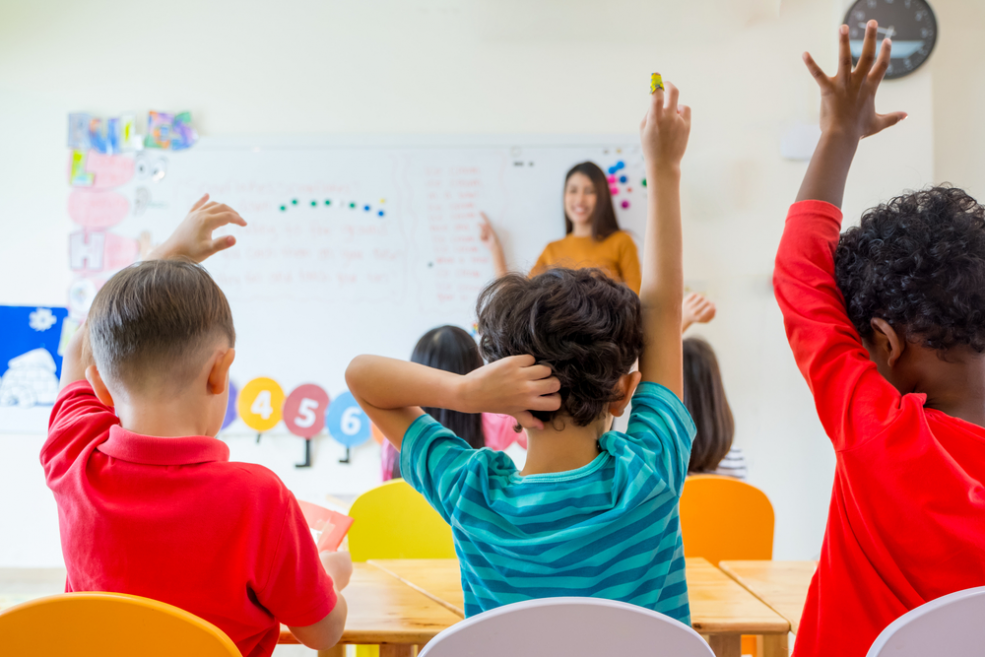An educational system is of quality when it pays attention to marginalized and vulnerable groups and seeks to develop its potential,” UNESCO explains, referring to inclusive education. This is a matter of achieving a standard, which places special emphasis on the elimination of gender disparities and equal access to all levels of education, taking into account people with disabilities and gender differences.
So, it is important to ask ourselves, how can we achieve an inclusive education and transcend historical social and cultural paradigms? A remarkable example comes from Nigeria of an Educator and Philanthropist called Chidi Topaz Olujie. Mr. Olujie has played an active role in working for his community. As a community leader, humanitarian, and philanthropist, he has helped change the lives of hundreds of people residing in his locality. One of his most notable contributions remains his efforts to promote diverse and inclusive education by establishing strategies and implementing them. He also has assertively campaigned for special education which won him the Deaf Teacher Association of Nigeria.
Suggested are 5 ways to promote diversity and inclusive education in the classroom.
- Encourage respect for difference: Respect in classrooms is driven by differences in culture, languages, customs, gender, and disabilities, thus avoiding prejudices and stereotypes. Teachers should instill a healthy coexistence among all members of a group and propose more effective methodologies such as dynamics and exercises, thus promoting more responsible participation and potentializing the inherent characteristics of each student.
- Promote a healthy environment in the classroom: A positive context can have a favorable effect on students, who will feel more motivated and have a better attitude towards learning. It is important to make them feel welcomed to the class regardless of the diversity of personalities. It will undoubtedly increase their sense of belonging and, therefore, the environment and coexistence will be healthier among teachers and students.
- Transmit and build confidence in each of the students: Without a doubt, each individual is different – whether in their beliefs, values, culture, preferences, etc. – therefore, promoting the trust of the members of the group is vital. , since it enhances the competences of each one, strengthens their self-esteem and allows better expression skills, greater security, and confidence.
Without a doubt, this achieves more successful and tolerant people and less vulnerable to common problems such as bullying. An excellent tool for teachers is the free #YoCuidoMiHuella campaign, which seeks to promote children and adolescents to make responsible use of their social networks and learn to configure the privacy of their data when surfing the Internet.
- Invite students to participate in social and cultural activities: In this way, students will have a positive integration through teamwork and personal development. Students will also develop tolerance and acceptance of differences between them.
- Spend more time to educate: Teachers should devote more time to transmit their knowledge, detaching themselves from textbooks, and adopting digital tools for the simplification of administrative and academic tasks in schools. Thus leaving more time for participation in the classroom and for education to be more inclusive and healthy.

